
Born in the ’Land of Kings’, Rajasthan, designer Naina Jain was a dreamer and wanted to carve a niche for herself. Her self-taught skill of pattern making and draping and endeavour to achieve the synthesis of popular and avant-garde aesthetics.
Thus, began Naina’s journey to fame, successfully delivering bespoke designs to Indian Market for the past 20 years. She found inspiration in her roots and strives to infuse classic traditional charm in her designs. Her design aesthetic combines fashionable with organic details, and stands true to her commitment to revive, sustain and empower the Indian forms of art and textiles, thereby demonstrating a brand with a conscience.
She made a promising entry in the Indian fashion scene around the year 1997, when she held a triumphant exhibition of Bandhej Sarees at Genesis Art Gallery, Kolkata. The designer started off with a tiny room, beneath her house and set out to build a brand, ‘Bandhej’. The brand consistently flourished and Naina forayed into embroidered garments, which was met with rave reviews from her existing customers, friends and family.
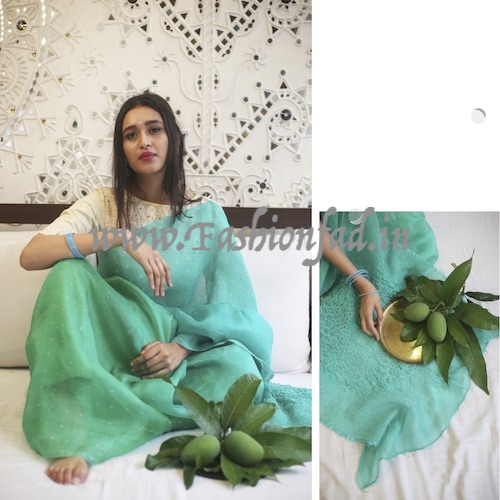
The requirement to rechristen the brand was considered and brand, ‘Naina Jain’ was born. For Naina Jain, design is all about how the fabric speaks to her, what inspires her, and how the custom-made ever-changing pieces take shape. Naina Jain curated timeless piece with the use of fine Indian fabrics and the country’s most talented craftspeople; she has sought to redefine age-old Indian traditions in the contemporary era, creating a style that is both rich in Indian aesthetics and modern sophistication.

With clients ranging from 20 to 80 years,Naina believes that an amazing sense of style doesn’t have an expiration date and isn’t reserved for a particular age, whereas it is that oozes the glamour, sophistication and decadence of the golden age of fashion. Each piece undergoes couture craftsmanship and experienced hand finishing until it arrives at an elegant perfection, says Naina Jain.
Naina Jain specialises in ‘Bandhani’, the art technique of ‘tie and dye’. Inspired and mastered by skilled craftsmen of Gujarat and Rajasthan, her handcrafted creations are coveted timeless pieces. The label creates a diverse range of sarees, kurtas, skirts, and gowns, giving the age-old bandhani craftsmanship, a modern twist- guided by a mix of classic luxury and urban chic fused with paradoxical textiles and shapes. The designer encompasses the very best of Indian tradition,
culture and art, with specially designed range of Paithani Style Benarasi and Bandhani, Hand-embroidered Lucknowi and Bandhani and also experimenting with various embroideries like Zardozi and Gotta Patti.
From curating a successful exhibition in Dubai, named Aaraish to retailing from the best designer stores in India, like Ogaan in New Delhi, Elahe in Hyderabad, Aza in Mumbai; she draws inspiration from a variety of sources to create the perfect look. The label uses vibrant colours and ornate fabric, adding dimension to the label like no other. Over the course of the last decade and a half, her design have graced the Bollywood circle as well, some of them include Lara Dutta, Laxmi Manchu, Anuradha Paudwal and Mahima Chaudhury.


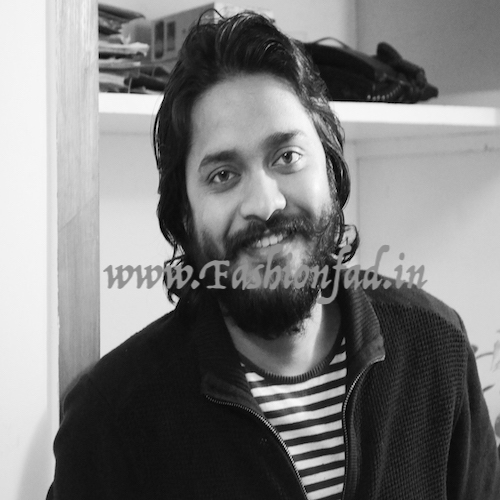

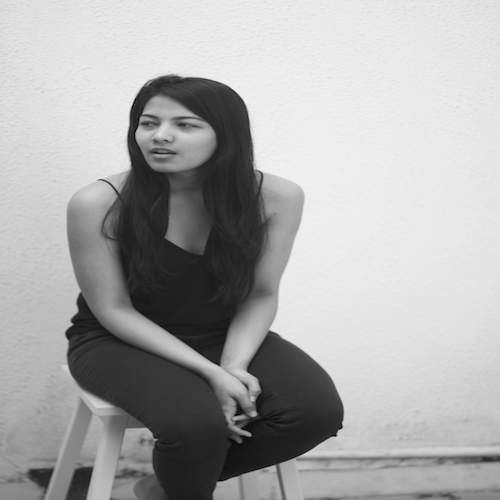


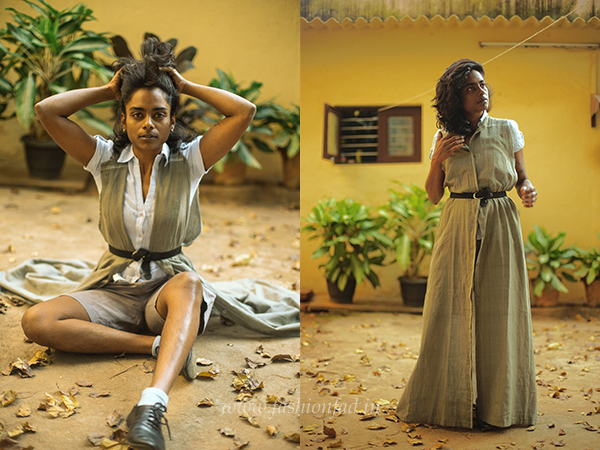
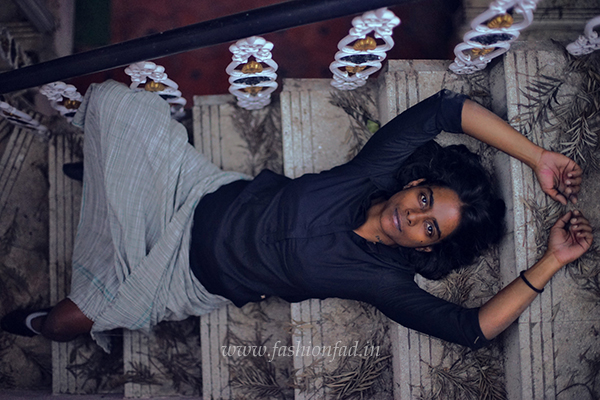











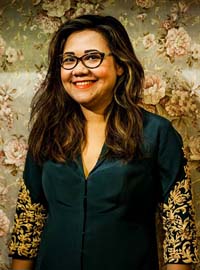
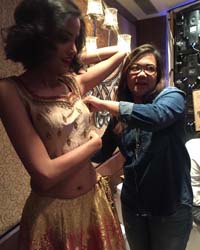

 He believes in creating a timeless style that derives from the essence of people. Shreejith Jeevan is a textile graduate from the National Institute of Design, Ahmedabad and the Ecole Nationale Superieure Des Arts Decoratifs, Paris. His sole aim is to make this a memorable voyage- working with craftsmen to co-create unique products that he claims is functional fashion. He has worked with renowned designer Rajesh Pratap Singh.
He believes in creating a timeless style that derives from the essence of people. Shreejith Jeevan is a textile graduate from the National Institute of Design, Ahmedabad and the Ecole Nationale Superieure Des Arts Decoratifs, Paris. His sole aim is to make this a memorable voyage- working with craftsmen to co-create unique products that he claims is functional fashion. He has worked with renowned designer Rajesh Pratap Singh.
 Sister duo Tina and Nikita Sutradhar were born and brought up in Mumbai. After completing her graduation in Mumbai, Tina went on to do a short course in Fashion marketing at London College of Fashion in 2009. Nikita did a diploma in Fashion design in Mumbai and later in 2010, joined her sister Tina to study a Degree in Pattern Cutting, progressing onto a BA (Hons) Womenswear, at London College of Fashion.
Sister duo Tina and Nikita Sutradhar were born and brought up in Mumbai. After completing her graduation in Mumbai, Tina went on to do a short course in Fashion marketing at London College of Fashion in 2009. Nikita did a diploma in Fashion design in Mumbai and later in 2010, joined her sister Tina to study a Degree in Pattern Cutting, progressing onto a BA (Hons) Womenswear, at London College of Fashion.